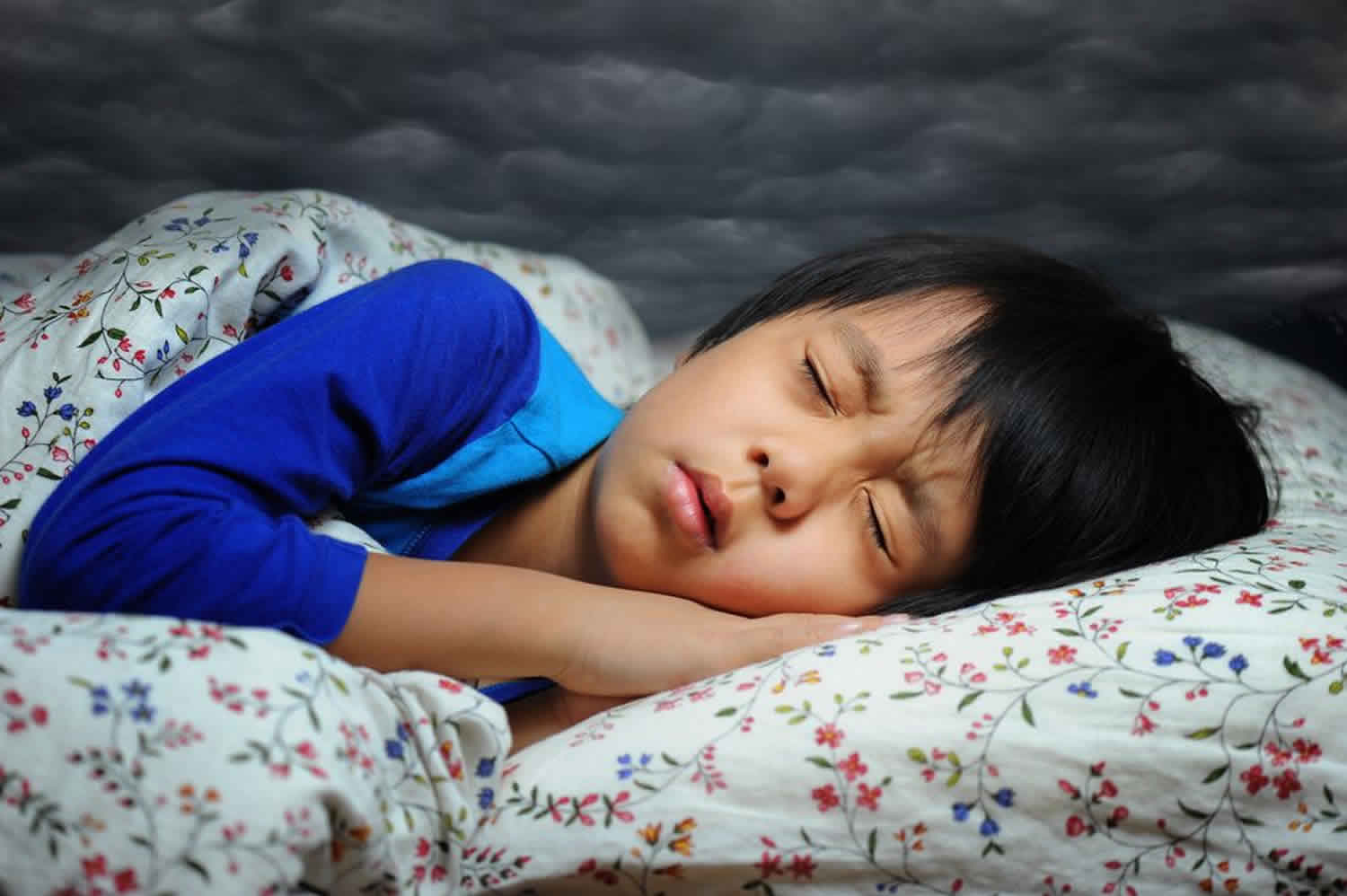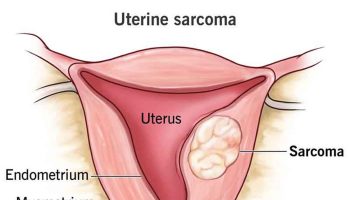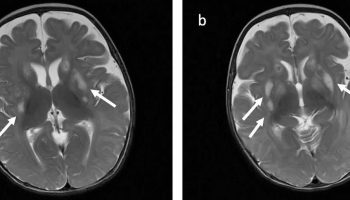Hypnic jerk
Hypnic jerk also known as sleep myoclonus, predormital myoclonus or hypnagogic jerk, is a sudden and brief involuntary twitching of the muscles that occurs as you were drifting off to sleep 1. Hypnic jerks are highly sporadic and affect all ages and both sexes with prevalence between 60% and 70% in the general population —but no one knows exactly what causes them. Various factors like excessive caffeine intake, physical, and emotional stress can increase their frequency.
Hypnic jerks occur at all ages and the patient complaining of hypnic jerks is often given a thorough epileptic evaluation 2. Hypnic jerks are easily identified on video electroencephalography (EEG) or normal EEG monitoring by the fact that they occur in wake to stage 1 sleep and have no epileptic correlates on EEG, but rather show a muscle artefact pattern. Furthermore, hypnic jerks usually consist of a single contraction that often affects the body asymmetrically 3. Hypnic jerk may be either spontaneous or induced by stimuli. Sleep starts are sometimes associated with the subjective impression of falling, a visual sleep start (sensation of blinding light coming from inside the eyes or head), an auditory sleep start (loud snapping noise that seems to come from inside the head) or a visual hypnagogic dream or hallucination 4. Pure sensory phenomena in the absence of a body jerk so-called “sensory sleep starts” can also occur 1. Excessive caffeine or other stimulant intake, prior intense physical work or exercise, and emotional stress can increase the frequency and severity of sleep starts 5.
Hypnic jerk has been shown to have some connection to stimulus- sensitive myoclonus, whereby contractions may be caused or increased by environmental factors such as light, sound or movement. Hypnic jerk occurs in healthy people, especially when exhausted or sleeping uncomfortably and rarely present a problem. A common form of myoclonus during wake is hiccups, which are quick contractions affecting the diaphragm.
Hypnic jerk will rarely disturb the subject or bed partner to the point of waking and disrupting sleep, but may indicate the presence of sleep related findings or disorders such as restless legs syndrome and periodic leg movement during sleep.
Polysomnography can be helpful in confirming the diagnosis which can also be done clinically 6. Differential diagnosis of hypnic jerks includes myoclonic seizures, rapid eye movement behavior sleep disorder, rhythmic movement disorder, benign sleep myoclonus of infancy, Parkinson’s disease, Alzheimer’s, multiple sclerosis and epilepsy. From a prognostic perspective, hypnic jerks are benign phenomena, but they need to be treated only if they interfere with your sleep. The management includes nonpharmacological methods such as reducing caffeine intake, exercise in moderation during the daytime, and improved sleep hygiene with most importantly psychological reassurance to the patient. If needed, rapid onset benzodiazepines are the drugs of choice 7.
Hypnic jerk causes
The cause of hypnic jerks is unknown. Various hypotheses have been proposed in the cause of hypnic jerks. One of them states that these jerks are a natural step in the transition from alertness to sleep made via the reticular activating system, where some of the nerves of the hands and legs misfire. Another theory is that hypnic jerks are a result of the natural downshifting of the nervous system that occurs as you’re falling asleep: as your breathing and heart rate slow down and your body temperature drops, your muscle tone shifts, and these twitches occur during this transition. Another theory suggests it is a basic protective reflex, as you’re drifting off to sleep, your brain misinterprets the relaxing of your muscles as a sign that you’re actually falling and signals your muscles to tense up, in order to protect you 6.
Hypnic jerk treatment
Hypnic jerk occurs in normal, healthy people and rarely needs treatment. More often than not, hypnic jerks are nothing to worry about. If one wakes you up, simply roll over and go back to sleep. But keep in mind: a high caffeine intake, strenuous evening activities, emotional stress, or sleep deprivation may increase the frequency and intensity of hypnic jerks. If you suspect that one of these factors may be worsening your nighttime muscle twitches, try cutting back on caffeine, using relaxation techniques to help you decompress, or practicing better sleep hygiene. And if the jerks themselves—or your anxiety about having them—prevent you from getting enough sleep, talk to your doctor.
If someone with myoclonus (quick involuntary muscle jerk) is exhibiting unaccountable symptoms of insomnia, it may be necessary to look into it further. The first step should be to rule out any other sleeping disorders that could be causing the problem by taking an overnight sleep study. The polysomnogram will not only detect any other possible sleeping disorders, but may also indicate whether the myoclonus itself is causing restless sleep.
Treatment for myoclonus is centered on medications which relax the muscles and inhibit contraction. Clonazepam is a commonly issued drug for sleep myoclonus, and when taken near bedtime has the added benefit of causing drowsiness. For this reason it should only be taken before bed, and not as a cure for myoclonus during waking hours. The body may also develop a tolerance for the drug and lessen its usefulness, so the more sparingly it is used, the greater the length of time it will remain useful. Sodium valproate can be used separately or in conjunction with clonazepam to treat myoclonus as well.
Other treatments may also improve other nervous system disorders that may be present during sleep in addition to myoclonus. These include barbiturates, phenytoin and primidone.
- Hypnic jerks are an underestimated sleep motor phenomenon in patients with parkinsonism. A video-polysomnographic and neurophysiological study. Sleep Medicine Volume 26, October 2016, Pages 37-44 https://doi.org/10.1016/j.sleep.2016.07.011[↩][↩]
- Derry CP, Duncan JS, Berkovic SF. Paroxysmal motor disorders of sleep: The clinical spectrum and differentiation from epilepsy. Epilepsia. 2006;47:1775–91[↩]
- Fryer J. Hypnic reflex: A spinal perspective. J Sleep Disord Ther. 2014;3:5–6.[↩]
- Frenette E, Guilleminault C. Nonepileptic paroxysmal sleep disorders. Handb Clin Neurol. 2013;112:857–60.[↩]
- Lozsadi D. Myoclonus: A pragmatic approach. Pract Neurol. 2012;12:215–24.[↩]
- Vetrugno R, Montagna P. Sleep-to-wake transition movement disorders. Sleep Med. 2011;12(Suppl 2):S11–6.[↩][↩]
- Avidan AY. Parasomnias and movement disorders of sleep. Semin Neurol. 2009;29:372–92.[↩]





